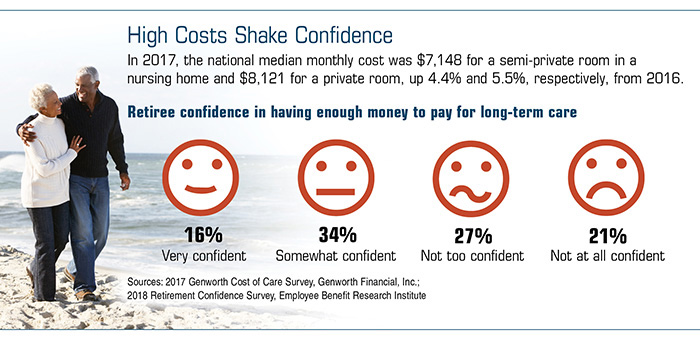Indicators on Pacific Prime You Should Know
Indicators on Pacific Prime You Should Know
Blog Article
The 20-Second Trick For Pacific Prime
Table of ContentsThe Best Strategy To Use For Pacific PrimeUnknown Facts About Pacific PrimeWhat Does Pacific Prime Mean?Some Ideas on Pacific Prime You Need To KnowTop Guidelines Of Pacific Prime

This is because the data were accumulated for a duration of strong economic efficiency. Of the approximated 42 million individuals who were uninsured, almost concerning 420,000 (regarding 1 percent) were under 65 years old, the age at which most Americans end up being qualified for Medicare; 32 million were adults in between ages 18 and 65, around 19 percent of all grownups in this age team; and 10 million were youngsters under 18 years old, about 13.9 percent of all children (Mills, 2000).
These quotes of the number of persons uninsured are created from the yearly March Supplement to the Current Population Study (CPS), performed by the Demographics Bureau. Unless otherwise noted, nationwide price quotes of individuals without medical insurance and proportions of the populace with various sort of coverage are based upon the CPS, the most widely utilized resource of price quotes of insurance policy protection and uninsurance rates.
10 Easy Facts About Pacific Prime Described

Still, the CPS is specifically helpful since it creates yearly price quotes relatively promptly, reporting the previous year's insurance coverage estimates each September, and due to the fact that it is the basis for a regular collection of quotes for greater than two decades, enabling analysis of trends in protection with time. For these reasons, as well as the extensive usage of the CPS in other studies of insurance policy protection that are provided in this report, we rely upon CPS price quotes, with restrictions kept in mind.

The price quote of the number of without insurance individuals expands when a populace's insurance policy condition is tracked for several years. Over a three-year period starting early in 1993, 72 million people, 29 percent of the U.S. https://www.ted.com/profiles/46568975. populace, lacked coverage for at the very least one month. Within a single year (1994 ), 53 million people experienced at least a month without coverage (Bennefield, 1998a)
6 out of every 10 uninsured grownups are themselves used. Working does boost the probability that one and one's family participants will have insurance, it is not a warranty. Even members of households with 2 full time breadwinner have virtually a one-in-ten opportunity of being without insurance (9.1 percent uninsured price) (Hoffman and Pohl, 2000).
Facts About Pacific Prime Revealed
New immigrants account for a significant percentage of people without medical insurance. One evaluation has associated a significant portion of the current development in the dimension of the united state without insurance population to immigrants who showed up in the nation in between 1994 and 1998 (Camarota and Edwards, 2000). Recent immigrants (those that came to the USA within the past four years) do have a high price of being without insurance (46 percent), however they and their children represent just 6 percent of those without insurance nationally (Holahan et al., 2001).
The connection in between health and wellness insurance coverage and access to care is well established, as recorded later in this phase. Although the relationship between wellness insurance policy and health outcomes is neither straight nor simple, a substantial scientific and health and wellness solutions research literary works web links medical insurance protection to better accessibility to care, far better top quality, and improved individual and population health and wellness status.
Degrees of analysis for taking a pop over here look at the impacts of uninsurance. It concentrates specifically on those without any kind of wellness insurance coverage for any type of length of time.
The smart Trick of Pacific Prime That Nobody is Talking About
The problems encountered by the underinsured are in some aspects similar to those dealt with by the without insurance, although they are normally less serious. Health and wellness insurance coverage, nevertheless, is neither required nor sufficient to obtain accessibility to medical services. The independent and direct result of wellness insurance policy coverage on access to wellness solutions is well established.
Others will certainly get the healthcare they need also without medical insurance, by paying for it out of pocket or seeking it from providers that provide care cost-free or at very subsidized rates. For still others, health insurance policy alone does not guarantee invoice of care as a result of various other nonfinancial barriers, such as an absence of health treatment companies in their community, limited access to transport, illiteracy, or linguistic and social differences.
Top Guidelines Of Pacific Prime
Official research regarding without insurance populaces in the USA dates to the late 1920s and very early 1930s when the Committee on the Cost of Medical Care created a collection of records concerning financing doctor office brows through and hospitalizations. This problem ended up being significant as the varieties of clinically indigent climbed up throughout the Great Depression.
Report this page